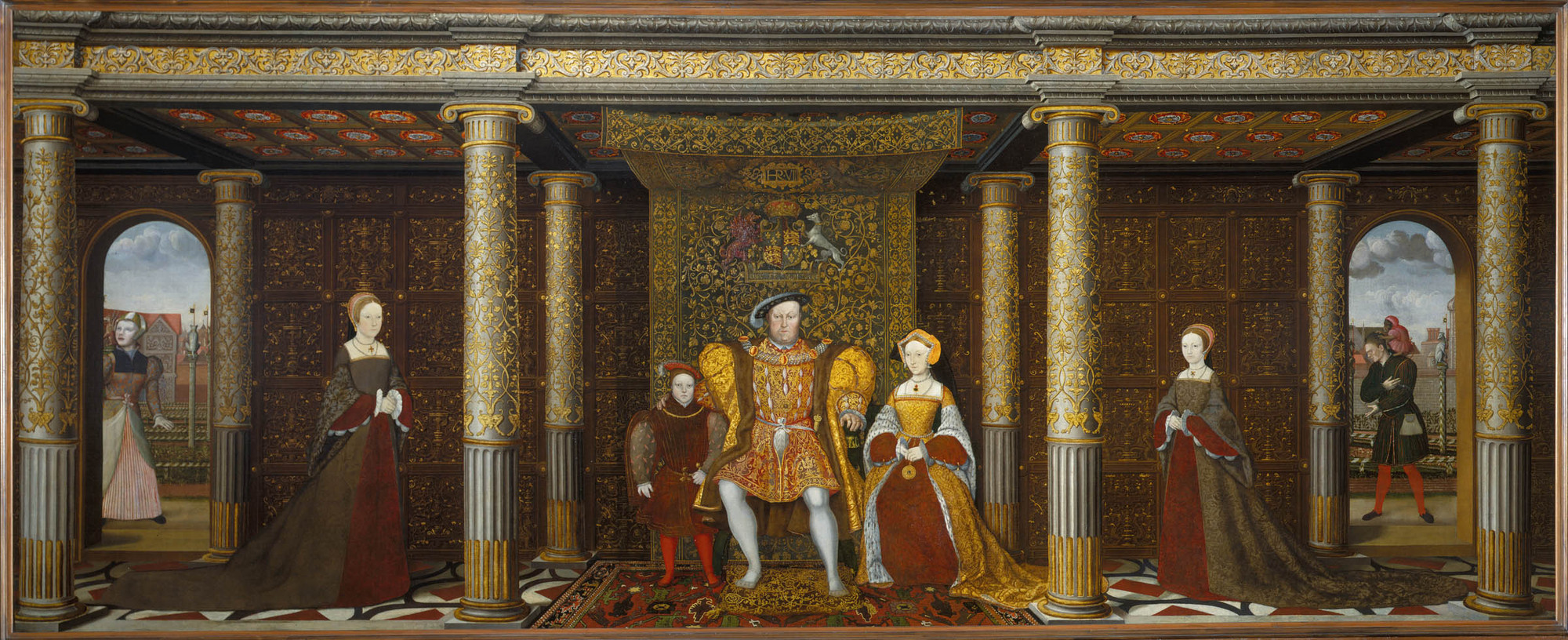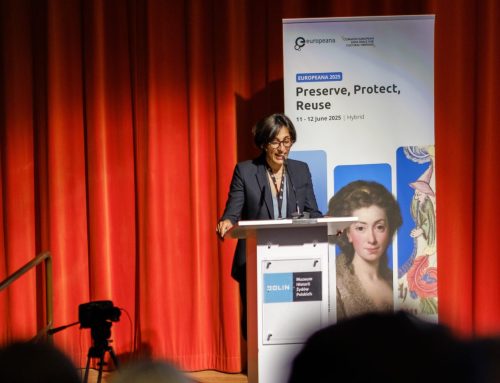One of the many wonderful things about EuroClio – is the opportunity it provides to meet and learn from other people with teaching and research interests and perspectives that challenge and inspire better practice. Thus it was, during a project meeting in EURCLIO’s office in The Hague in 2017, when Dr Monika Baar came to share with us her work on the history of people with disabilities and the ‘Rethinking Disability Project’. Much of the content of her presentation was new to me. For example, I did not know about the protests triggered by the UN’s intention to make 1981 the ‘Year for disabled people’. Nor had I heard of the 1990 Capitol Crawl that helped to bring about the US 1990 Disability Act, which has influenced legislative approaches beyond the USA. Search for an image of this event and you will see the powerful expression of physically disabled people crawling up the steps of the Washington Capitol building to powerfully demonstrate how they were excluded, literally and metaphorically, from US democracy. Monika stressed to us the importance of all people being able to know about their past. Why had I not seen this before? How had I been letting down my students, by not enabling them to learn about the historical context to our attitudes towards disability today? Were they ignorant of how hard the road has been towards our relatively positive attitudes? What of students with a disability, was the past relevant to part of their identity to be absent from my classroom?
The 2010 Equality Act passed by the UK Parliament places on all teachers a duty to nurture the development of a society in which equality and human rights are deeply rooted. For history teachers this poses the question: ‘Does our history curriculum reflect the diverse pasts of all people in society?’ and ‘Do all the children sitting in front of us have the chance to learn about people like themselves?’ And yet, the school history curriculum is so full already, so how could any more content be shoe-horned into it?
With food for much thought from Monika and various vague ideas, I went straight back to my inspiring colleague and friend Ruth Lingard back in York and we put aside some time to think and do some reading.
Two useful key texts we found were ‘Disability Histories’ edited by Susan Burch and Michael Rembis, and ‘Madness: a brief history’ by Roy Porter. We also discovered that various museums and heritage organisations have made good progress with providing material online that was relevant to our work. Meanwhile, a friend who is undertaking doctoral work in the field of disability in early modern literature gave invaluable help with this period. For example, pointing out to us the many times that disability features in Shakespeare’s work and how often this aspect of his character’s identity has been over-looked in the history of performance. For example, the reference to Kate in the ‘Taming of the Shrew’ as ‘limping Kate’. Her gender, rather than her disability are usually the focus in performance. For a discussion of this see Hile, R. (2009) ‘Disability and the characterisation of Katharine in The Taming of the Shrew’ – in ‘Disability Studies Quarterly, 29, no. 4 http://dsq-sds.org/article/view/996/1180
From this reading we were able on construct ‘a very short history of disability in western Europe’. This took a particular focus on Britain because we were planning resources for use in history classrooms and we had to make the resources connect to the curriculum so that teachers would be able to use them. Our short history was not intended for students, but to help teachers build their knowledge. We assumed, I think correctly as it has turned out, that most colleagues would be as ignorant as we had been about this aspect of the past.
Using the short history we had written, we created a mini thematic activity. A thematic activity is one which enables students to learn about change and continuity across time and also to enable them to learn about how different factors work together to cause change. Students were given texts and images to arrange in chronological order. A teacher-led discussion was then held, with the purpose of making explicit for students the change and continuity, including enabling students to identify turning point moments. That is, moments of significant and lasting change. From this discussion students identified, for example, that shifting ideas about the human body and new kinds of religious beliefs resulted in new thinking about disability and changed attitudes to people with disabilities. We wrote the material in such a way that students could learn that the situation was sometimes complex. For example, although the 19th century was a time of progress in medical science, it was followed by changing, but not progressive, attitudes towards people with disability. Finally, students used post-it notes to identify on their timeline where factors were at work; for example, factors such as ‘religious beliefs’, ‘the development of scientific thought’ and ‘war’. We then discussed how the factors were working together to cause change.
As a result of our reading we discovered that people with disabilities in the past were ‘hidden in plain sight’. For example, there is a famous picture of the 16th century English king, Henry VIII. It is of Henry and his family. However, there are two other people in the picture: Will Somers and Jane the Fool. Both of them were people with learning disabilities who were part of the Royal Household able to make the king forget his worries and to ‘speak truth to power in a way that other courtiers could not. Once we started looking, we found other people present in stories already told in history lessons, for example, Benjamin Lay, the Quaker campaigner for the abolition of transatlantic slavery who was also a dwarf. As a result, we have developed a format called a ‘slot in’. A slot-in is a knowledge rich worksheet about a character, or event, or place, which adds diversity to a topic and which can easily become part of existing lessons.
We recommend these principled actions for history teachers working with disability:
- Take time to gain knowledge and make connections.
- Be prepared to admit to ignorance and ask for help from people who are knowledgeable about how to represent people with disabilities.
- Make a review of existing teaching materials looking for where you can ‘slot in’ diversity.
- Say something rather than nothing, enabling the voices of past people with disabilities to be heard.
Two years later and we have written an article about our work for the UK Historical Association’s journal ‘Teaching History’ and presented at two Historical Association conferences. We have produced resources for students in English schools including:
- a timeline activity tracing changes in attitudes to disability in relation to changes in ideas about being human (described above),
- a timeline activity specifically focused on attitudes to mental health over time,
- sources as evidence activities, including using records from the archives of the pioneering Retreat asylum opened by Quakers in the 18th century,
- slot-ins on various people and places important to the story of disability and society,
- and, of course, teacher guides for all of these.
These are freely available in downloadable format via the blog www.yorkclio.com and we would be delighted if colleagues were to find them useful and to improve them.
Written By Helen Snelson, EuroClio Ambassador













